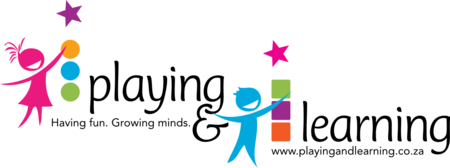For decades researchers have been aware of the extraordinary development of a child’s brain during the first five years of life. Recent advances in neuroscience have helped crystallize earlier findings, bringing new clarity and understanding to the field of early childhood brain development.
Children are born ready to learn. They cultivate 85 percent of their intellect, personality and skills by age five. The first months and years of life set the stage for lifelong development.
With the neuroscience of brain development unfolding, we now know that (1) the way a brain develops hinges on the complex interplay between the genes a person is born with and the experiences a person has from birth on; (2) it actually takes up to 12 years for the brain to become fully organized, with parts of the cortex still to become organized through the later teen years; (3) the quality of an infant’s relationship with his or her primary caregivers has a decisive impact on the architecture of the brain, affecting the nature and extent of adult capabilities; and (4) early interactions directly affect the way the brain is “wired,” and do not merely create a context for development.
The human brain develops more rapidly between birth and age five than during any other subsequent period. The 100 billion neurons that humans are born with make connections through synapses, “wiring” the brain for action. The experiences an individual has impact the types and amount of synaptic connections that are made. Synaptic connections begin prior to birth and are created at a rapid rate through age three. The brain operates on a “use it or lose it” principle. Only those connections and pathways that are activated frequently are retained. Other connections that are not consistently used will be pruned or discarded so the active connections can become stronger.
The preschool years are the time in which the brain begins to maximize efficiency by determining which connections to keep and which to eliminate. Providing Repeated Positive Experiences is critical for children’s brains to become highly developed for learning, repeated experiences are essential. Connections become stronger and more efficient through repeated use.
Reading to children every day, for example, helps strengthen essential connections. Connections are also made stronger when children have daily opportunities to develop both large- and small-muscle skills, have the chance to practice developing social skills, and interact directly with their environment. It is vital to incorporate rich language into all of these activities, since exposure to rich language creates the foundation for a child’s use and understanding of words, and increases the likelihood of reading success at a later age……
(Wisconsin Council on Children and Families / Brain Development: The Early Years / Winter 2007 Volume 1)
In light of this, we are delighted to introduce you to the wonderful world of MULAMBA BLOCKS.


